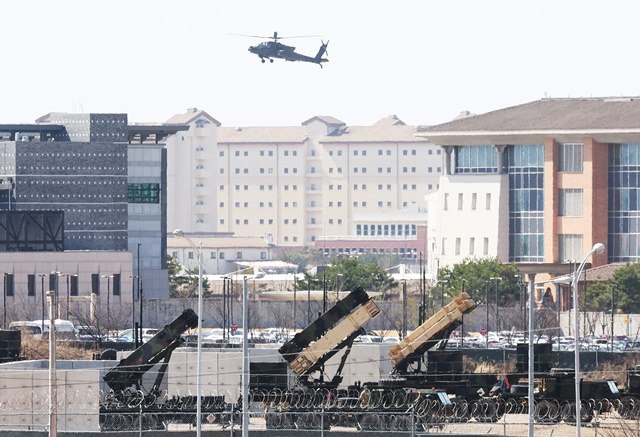On January 27, the U.S. government ordered the strengthening of missile defenses for allies and U.S. forces overseas.
According to the “Iron Dome for America” executive order released on the same day, the U.S. President Trump directed the Secretary of Defense to review the current missile defense posture and identify ways for the United States and its allies to increase bilateral and multilateral cooperation on missile defense technology development, capabilities, and operations and improve missile defense for the territories, forces, and people of forward-deployed U.S. forces and allies.
This included increasing and accelerating the delivery of U.S. missile defense capabilities to allies and partners. This includes the potential deployment of an additional Terminal High Altitude Area Defense (THAAD) system in the ‘Republic of Korea’.
The Nuclear Posture Review (NPR) and Missile Defense Review (MDR) reports released by the Biden administration in 2022 outlined a strategy of responding to Chinese and Russian nuclear-capable intercontinental ballistic missile (ICBM) attacks with strategic deterrents, including ICBMs, nuclear submarines, and strategic bombers, and intercepting DPRK missiles with U.S. missile defenses.
However, the DPRK’s recent missile capabilities have led the U.S. to strengthen its defenses in anticipation of a possible breach of the U.S. missile defense system.
The U.S. already operates a ground-based Midcourse Defense (GDM) system in Alaska and California to defend the mainland from DPRK missiles. In addition, it is developing a Next Generation Interceptor (NGI) to complement and replace the GBI, which is fired from the GMD.
The executive order calls for a plan to “defend the United States against ballistic, hypersonic, advanced cruise missiles and other next-generation air attacks from peer, near-peer, and rogue adversaries. Some analysts have speculated that Russia, China, the DPRK, and Iran are among those named.
The U.S. government has argued that while the threat from next-generation strategic weapons, including hypersonics, has not diminished over the past 40 years, the threat has become more complex as adversaries have developed next-generation delivery systems.
